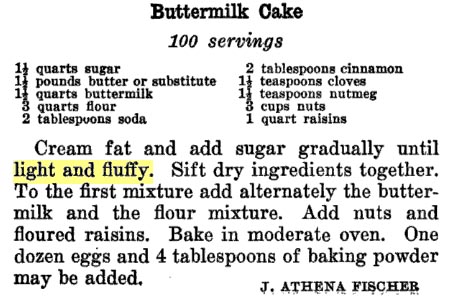Vanity Fair: Christopher Hitchens On Why Women Aren’t Funny
This piece is titled “Provocation.” So I’m not really offended. I mean, come on; it’s Christopher Hitchens, what do you expect? Over at Scienceblogs, some bloggers have responded about the science, but I think they’re taking Hitchens too seriously. Here he goes:
Wit, after all, is the unfailing symptom of intelligence. Men will laugh at almost anything, often precisely because it is—or they are—extremely stupid. Women aren’t like that. And the wits and comics among them are formidable beyond compare: Dorothy Parker, Nora Ephron, Fran Lebowitz, Ellen DeGeneres. (Though ask yourself, was Dorothy Parker ever really funny?)
See? Provocation. But what does he mean about Dorothy Parker? Come on, Hitch, don’t be catty. Dorothy was vicious, but she was also very funny. Can’t a woman be both?
Hitchens later observes:
Precisely because humor is a sign of intelligence (and many women believe, or were taught by their mothers, that they become threatening to men if they appear too bright), it could be that in some way men do not want women to be funny. They want them as an audience, not as rivals.
I must agree with that. When women’s wit is mocking, it’s perceived as threatening. I admit, when I make people laugh, which I do, I’m usually being sarcastic. Uh-oh. Is that a bad idea?
In her entertaining yet depressing play-by-play of gender conflict, Are Men Necessary?: When Sexes Collide(Amazon), Maureen Dowd shares some pearls of philosophy from a book her mother gave her, How to Catch and Keep a Man:
Sarcasm is dangerous. Avoid it altogether. It ruins the aura of softness, womanliness, and kindness you should be attempting to create around yourself.
I’d laugh that off – after all, the book also advises that “men are fascinated by bright, shiny objects” – but as Dowd says a few pages later:
if there’s one thing men fear, it’s a woman who uses her critical faculties. Will she be critical of absolutely everything, even his manhood?
“Critical” and “funny” are not always the same thing. But they can be. They were for Dorothy Parker. That Hitchens thinks she wasn’t really funny is quite striking, because it supports Dowd’s contention. Perhaps he should have titled his piece, “Why Women Aren’t Funny To Men.” Or, “Why Women Aren’t Funny To Me.”
Anyway, I don’t like his generic, catch-all idea of humor. Humor is subjective. I’m bored by the Three Stooges, but adore Jon Stewart. Does that make me dour, or discriminating? Sarcastic humor and scatological humor – are they the same thing? Do they even activate the same part of the cortex? I doubt it. Although it’s amusing to contemplate the grant proposal for the PET study to find out.
At least, I think it’s amusing.
Oh dear.



